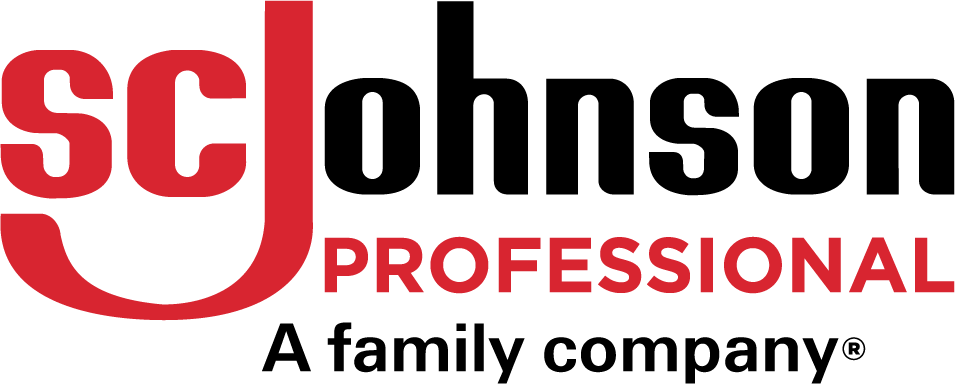
SAVE LIVES:
Clean Your Hands
World Hygiene Day - 5th May
Each year, on the 5th May the World Health Organisation (WHO) shines a light on the importance of hand hygiene with their SAVE LIVES: Clean Your Hands campaign.
This year, the campaign focuses on the importance of sharing knowledge about hand hygiene and the role it plays in reducing the spread of harmful germs in the healthcare environment.
As a member of the Private Organisation for Patient Safety (POPS) group, we support the WHO in its efforts to maintain a global spotlight on the importance of hand hygiene in healthcare and beyond.


What are the 5 Moments for Hand Hygiene?
It’s important to stress that hand hygiene is a key defense in the fight against the spread of infection - 80% of all infections are transmitted by hands1. To help empower those within your facility in their efforts to reduce infection transmission, it’s crucial to underline the importance of hand hygiene at the points where it matters most.
The day-to-day of working life for healthcare staff means they are likely to come into contact with various germ hotspots. These germs may not only be harboured in patient environments, but also may be found on more commonly touched surfaces such as light-switches, kitchen appliances, or door handles.

To help prevent the transmission of germs, the World Health Organisation advises the 5 key moments where healthcare professionals should clean their hands. These ‘5 Moments for Hand Hygiene’ are as follows:
- Before touching a patient
- Before cleaning/aseptic procedure
- After body fluid exposure risk
- After touching a patient
- After touching patient surroundings
https://www.who.int/campaigns/world-hand-hygiene-day/world-hand-hygiene-day-2024


Is your Healthcare Facility ready?
This World Hand Hygiene Day, it’s important to ensure that robust infection prevention plans and hand hygiene amenities are in place in your facility.
For healthcare professionals, encouraging both staff and patients to take an active role in infection prevention is crucial.
Click below to access our resources to help raise awareness of best practice hand hygiene in your organisation.

Our Best Practice Guidance for Sanitising and Hand Washing
With the 5 Moments in mind, it’s also crucial that hand hygiene best practice is reinforced to help healthcare professionals prevent the spread of infection in busy environments.
Hand hygiene is best performed with either alcohol-based hand sanitisers2 or soap and water. Where staff may need to clean their hands up to 100 times over a 12-hour shift3 , the advantages of hand sanitiser in a healthcare environment include greater accessibility and speed when compared to hand washing, as no water or hand washing station is required.
Hand Sanitising
We recommend the following guidance for good hand sanitiser practice:
- It is recommended that sanitisers are used before entering the work area, and after coughing, sneezing, wiping the nose or touching contaminated surfaces.
- Sanitisers should only be used when hands are not visibly soiled.
- Enough product should be applied to keep hands wet for 20-30 seconds.
- Enough product should be applied to cover the entire hands.
Our POPS representative and Global Research, Development and Engineering Director Dr John Hines, D.Phil explains further:
“Alcohol based sanitisers work by killing germs at the time of application when used as directed, therefore it is important to sanitise your hands at the key moments when the risk of transmission of germs is high, as defined for healthcare scenarios by the WHO’s ‘5 Moments for Hand Hygiene’. It's important to stick to the 5 moments to ensure patient safety and not to rely on any residual effect, even when a product may claim to provide it”
Hand Washing
For situations where hands are visibly soiled or greasy, hand washing with soap and water should be used in place of sanitising. Hand washing with soap physically removes germs from the hands; soap contains ingredients known as surfactants, which break down the oils and dirt on the skin.
Friction created by rubbing the hands helps the surfactants to encapsulate the dirt and hold it away from the skin – water then rinses this away4.
Here are our recommendations for good hand washing:
- Wet hands with water and enough soap to cover all hand surfaces.
- Make sure to rub entire hands following proper hand washing techniques.
- Rinse with water and dry thoroughly with a single use towel, using the same towel to then turn off the tap.
For resources to help raise awareness of best practice hand washing technique in your organisation, click here.
We are here to help improve your Hand Hygiene compliance
To help reduce the spread of infection in healthcare environments, communities including staff, decision makers, and visitors need to work together to help ensure that patients feel protected and well cared for.
Contact us below to find out more about our awareness-raising, free resources and to find out more about our Healthcare program, tailored to your facility.

References
1 https://www.cdc.gov/workplacehealthpromotion/health-strategies/flu-pneumonia/interventions/environmental-support.html, 2016
2 https://www.who.int/teams/integrated-health-services/infection-prevention-control/hand-hygiene/training-tools
3 https://www.cdc.gov/patientsafety/features/clean-hands count.html#:~:text=Healthcare%20providers%20might%20need%20to%20clean%20their%20hands,way%20to%20clean%20your%20hands%20in%20healthcare%20settings
4 https://www.scjohnson.com/en-gb/our-purpose/social-responsibility-news/health-and-well-being/coronavirus/5-easy-steps-on-effective-handwashing-to-prevent-the-spread-of-germs


